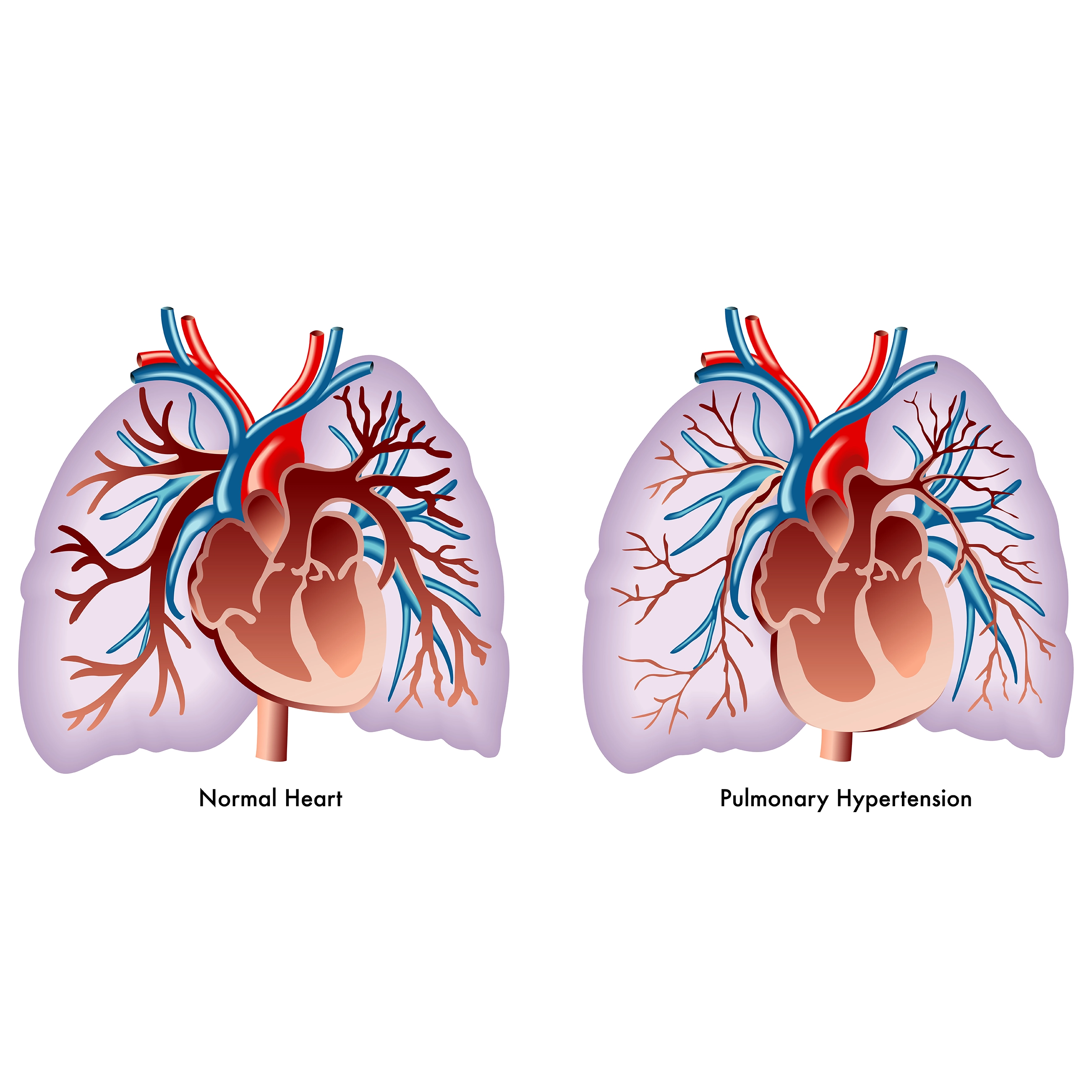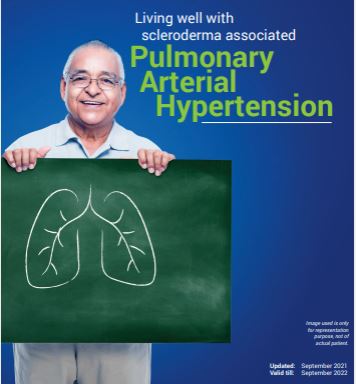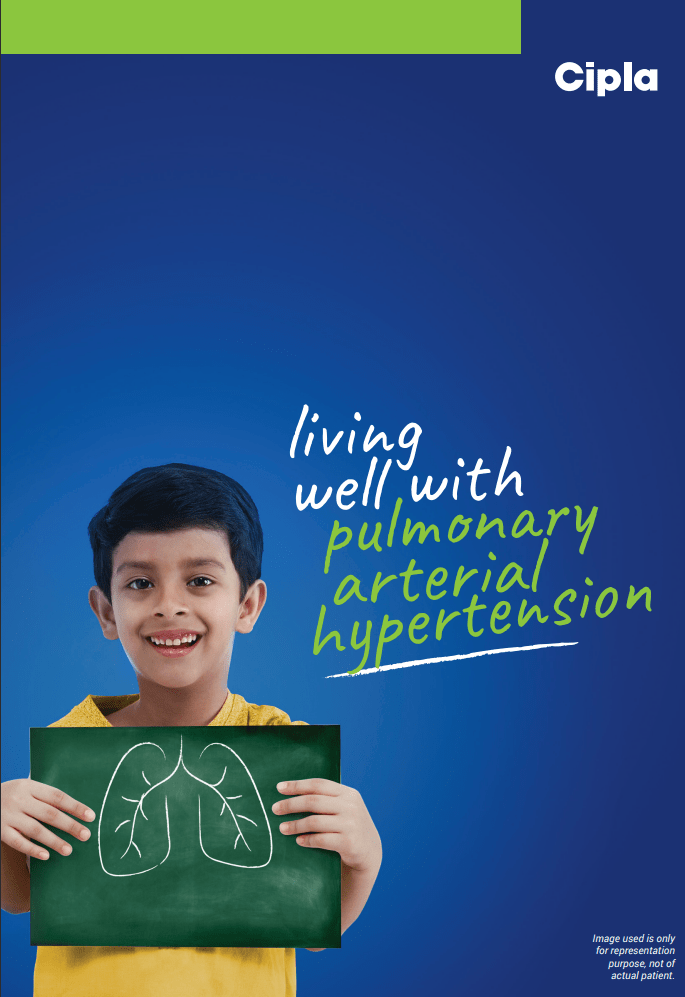Panellists: Dr. Brad Maron (Cochair, University of Maryland), Dr. Marty Gomberg (Cochair, George Washington University), Dr. Stefan Rosenkranz (University of Cologne, Germany), Dr. Ivana Preston (Lehi Clinic, Massachusetts), Dr. Paul Forfia (Temple University, Philadelphia), Dr. Rogera Souza (University of São Paulo, Brazil), Dr. Veronica Franco (The Ohio State University – Chat Moderator).
Pregnancy in Patients with Pulmonary Arterial Hypertension (PAH)
Key Highlights
Improving Survival but Persisting Risks:
-
Over the past 8+ years, data has shown improved survival in PAH patients who become pregnant, but morbidity and mortality rates remain high—though no longer at the 50% level seen in earlier years.
-
General recommendation remains: patients with PAH should avoid pregnancy.
-
However, in cases where a patient strongly wishes to proceed with pregnancy, absolute denial is discouraged.
-
A collaborative, multidisciplinary team should manage PAH pregnancies. This includes:
-
PAH specialists
-
High-risk obstetricians (OBGYN)
-
Anesthesiologists
-
Careful planning and proactive complication management are key to improving outcomes.
Pregnancy as a Disease-Modifying Event:
Pregnancy can alter the disease course. Example: Some calcium channel responders lost their drug response post-pregnancy. While maternal and neonatal survival has improved, the long-term impact of pregnancy on PAH remains uncertain.
EFCRS Guidelines Perspective: If a PAH patient continues with pregnancy:
-
They must be treated in a high-risk pregnancy centre.
-
Some PAH drugs are contraindicated during pregnancy, requiring careful treatment adjustment.
-
Postpartum phase is often underestimated but is actually one of the most dangerous periods.
Expert Centre Experience: Centres experienced in PAH pregnancy management have had successful outcomes, particularly when:
-
PVR is reduced
-
Right heart function is stabilized
-
Patients enter third trimester in low-risk status
Tailored Medication Strategies:
-
No universal protocol (e.g., not all patients require parenteral prostanoids).
-
Treatment must be individualized based on:
-
Disease severity
-
Response to medications
-
Risk profile
-
Monitoring Pregnant Patients With PH: Clinical vs. Catheter-Based Approach
In response to a question about the timing of catheterizations before and after delivery in pregnant patients with pulmonary hypertension (PH), the speaker clarified that routine right heart catheterization is not necessary if the patient has been closely monitored throughout pregnancy. The focus should instead be on intensified clinical follow-up, with visits scheduled every 2–4 weeks based on the patient’s baseline status at the time of conception.
A key concern highlighted was the postpartum period, which poses a high-risk window despite many patients appearing stable immediately after delivery. Deterioration, particularly of right ventricular function, often occurs 2–3 days postpartum.
Therefore, the speaker strongly recommended keeping such patients in the ICU for at least the first 72 hours after delivery to monitor for any delayed hemodynamic decompensation. The initial stability can be misleading, and close surveillance during this period is essential to prevent missed complications.
From Diagnostic Nuances to Sotatercept Insights
Echocardiographic Clues to Differentiate PH Subtypes:
The panel stressed that accurate diagnosis of PH requires a comprehensive echocardiographic evaluation, not just reliance on PA pressures. Key echo features like RV/LV ratio, septal bowing, LA size, and evidence of LVH are instrumental in differentiating Group 2 PH from PAH (Group 1). In cases where diastolic dysfunction is suspected, experts emphasized the importance of optimizing left heart therapy—including SGLT2 inhibitors and diuretics—before considering a PAH diagnosis.
-
Young, symptomatic women with prior non-diagnostic tests and a predominant RV phenotype should raise clinical suspicion for PAH.
-
These patients warrant further investigation with right heart catheterization and CTEPH imaging (e.g., V/Q scan, dual-energy CT).
Referral to PH Centres: A Lower Threshold is Key
General cardiologists often use a systolic PA pressure >50 mmHg as a referral trigger. However, panellists recommended a more proactive approach:
-
Refer patients early if there's RV dysfunction or echo signs of pulmonary vascular disease.
-
Even modest pressure elevations may warrant referral in the right clinical context.
-
Early specialty involvement can improve diagnostic accuracy and treatment outcomes.
CTEPH and Post-PE Monitoring: A Practical Approach:
Dr. Rogerio Souza shared a symptom-based triage model used in Brazil to monitor patients after PE:
-
All patients receive nurse-led structured follow-up calls.
-
Only those with persistent dyspnea undergo CPET, echocardiography, or further imaging.
-
This model emphasizes efficiency and patient-centered care, especially in resource-limited settings.
On anticoagulation:
-
Lifelong full-dose anticoagulation is required in CTEPH.
-
Extended anticoagulation is increasingly common for unprovoked or unexplained PE, especially in younger patients.
-
Reassessment of thrombus resolution at 3–6 months helps identify patients still on the recovery curve.
Sotatercept in PAH: Promise and Caution:
The discussion closed with new insights into sotatercept, a novel agent for PAH with promising clinical outcomes. Some patients experience normalization of RV function, prompting discussions around therapy de-escalation.
-
There is no current evidence-based guidance for stopping background therapies.
-
De-escalation should be:
-
Individualized based on patient response.
-
Guided by serial evaluations: echocardiography, biomarkers like BNP, and right heart catheterization.
-
Experts warned against reducing therapies solely due to symptomatic improvement.
Given the heterogeneous response and lack of long-term safety data, close longitudinal follow-up is essential.
From Diagnostic Nuances to Sotatercept Insights
Managing Surgery in PAH Patients on Sotatercept: What We Know So Far
Pre-Op Planning:
-
If surgery is elective, holding a dose of sotatercept is reasonable.
-
Approach it similarly to anticoagulants, although exact guidelines are lacking.
-
In urgent/emergency surgeries, proceed while being aware of a possible bleeding risk.
Real-World Experience:
-
A few transplant cases on sotatercept had no severe bleeding.
-
In clinical trials, missed doses didn’t lead to clinical deterioration—suggesting it's safe to hold a dose if needed.
Mechanism of Bleeding:
-
Thrombocytopenia and vascular abnormalities (telangiectasias, AVMs) may underlie the bleeding risk.
-
Some bleeds occurred in patients on concomitant anticoagulants or prostacyclins.
Trial Data on Bleeding:
-
Most common adverse event: epistaxis (nosebleeds).
-
Combination with prostacyclins seems to increase bleeding risk.
-
Thrombocytopenia alone + sotatercept was not clearly linked to higher bleeding.
Clinical Pearls: Managing Epistaxis
-
Minor Epistaxis:
-
Dose is typically continued.
-
Conservative measures like humidification and saline sprays are helpful.
-
Recurrent Epistaxis: Consider dose reduction if conservative measures fail.
Elevated Hemoglobin Levels: A Clinical, Not Numeric, Concern:
The panel emphasized that trial design should prioritize clinical context over rigid thresholds. While hemoglobin elevations were noted in some trials (e.g., with sotatercept), treating patients based solely on numbers may not be appropriate. Instead, clinical decision-making should consider stroke history, hyperviscosity symptoms, and other comorbidities.
-
Ignore isolated lab values: Hemoglobin elevation alone shouldn't trigger intervention unless accompanied by clinical symptoms.
-
Individualized approach: A patient with a hemoglobin of 20 g/dL and stroke history differs vastly from an asymptomatic patient with the same value.
-
Extension data reassuring: Long-term data, including from the SOTERIA extension study, have not shown elevated hemoglobin to be a significant issue when monitored appropriately.
ACC.25, March 29 - 31, 2025, Chicago




